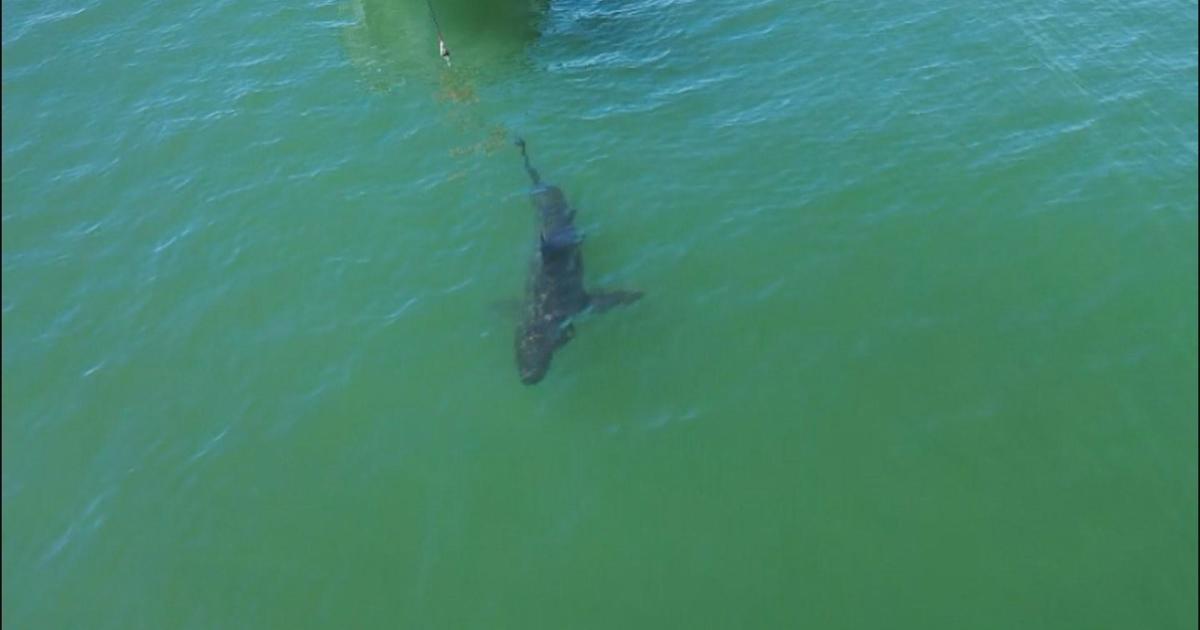Southern California's 'Invisible Summer' Slips Away
LOS ANGELES (AP) — With Wednesday comes the first day of fall. But Californians have been feeling autumnal all summer.
In Los Angeles, the last full day of summer passed under the gloom of a deep marine layer -- the low clouds and fog that put a damper on many beach excursions and made a dip in the surf bracing.
"The invisible summer, seamless from spring to fall," said Bill Patzert, a scientist at NASA's Jet Propulsion Laboratory who studies the role of oceans in the global climate. "The ocean never warmed."
The cause was a stalled jet stream pattern in the Northern Hemisphere that created a semi-permanent trough of low pressure from Alaska to southern Baja California, Mexico, and kept the entire west coast of North America cool, Patzert said.
Not everyone complained as the trend knocked the upper end off normal daytime summer highs in the inland regions miles from the coast.
"It wasn't the coolest summer ever, that's for sure, but in a warming world, it was a little gift from the weather gods," Patzert said.
Summer began on June 21, a month that was warmer than average but ended with below-normal temperatures, according to the California state climatologist's office.
July's statewide average temperature was a hair above average and included a heat wave, but the climatologist's summary suggested the more important weather event was a persistent onshore flow of ocean air and a deep marine layer that dropped temperatures below normal in coastal regions, setting some records.
"This experience was in stark contrast to other parts of the U.S. and world that experienced record-setting heat in July," the climate summary said.
August's statewide average was cooler than normal despite a record-setting heat wave, and the month ended with a significant low-pressure system that even raised concerns that backcountry hikers in the Sierra Nevada might be caught unprepared by a summer snowfall.
September has continued to see cool temperatures. Tuesday's high in downtown Los Angeles was 13 degrees below normal at 70.
Patzert, who studies the ocean warming and cooling phenomena known as El Nino and La Nina, said a strong La Nina is developing but was not responsible for the cool summer.
La Ninas are marked by cold water filling the tropical Pacific and are linked to drought in the Southwest.
"La Nina really has its impact in the fall and the winter on the rainfall," Patzert said. "It's not really a big forecaster of anything during the summer."
Fall begins Wednesday night. Ironically, the National Weather Service forecast the beginning of an extended period of warm, dry weather in California by the weekend as the ridge of high pressure that has dominated the Midwest and East through the summer moves west.
(© Copyright 2010 The Associated Press. All Rights Reserved. This material may not be published, broadcast, rewritten or redistributed.)



